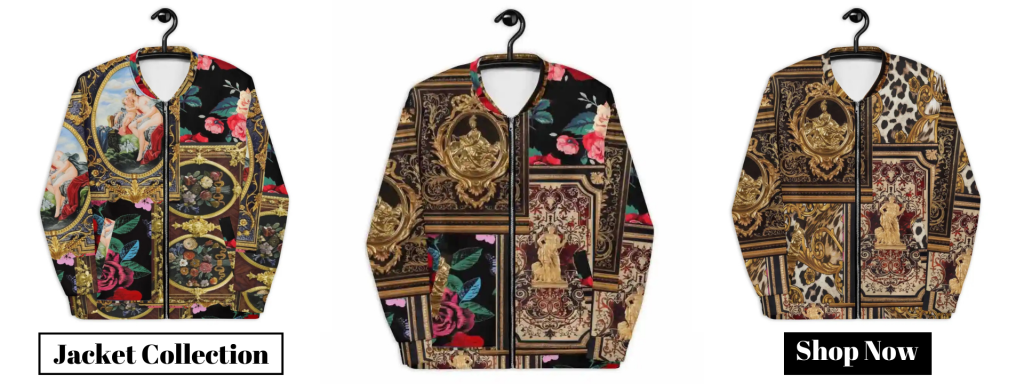
Gucci is a name synonymous with luxury, craftsmanship, and timeless design. For decades, the Italian fashion house has set the standard for high-end fashion, with its iconic jackets being no exception. From its early days as a small leather goods store to becoming a global leader in luxury fashion, Gucci jackets have evolved, embracing both classic silhouettes and modern, innovative designs. This article takes a closer look at the history of Gucci jackets, exploring how they have become a staple of luxury outerwear, blending tradition with contemporary flair.
1. The Birth of Gucci: Crafting Leather and Beginning the Legacy
Gucci was founded in 1921 by Guccio Gucci in Florence, Italy. Initially, the brand specialized in creating high-quality leather goods such as handbags, luggage, and accessories. Guccio’s vision was to craft products using the finest materials and timeless designs, which quickly earned Gucci a reputation for quality and luxury. While the brand began with leather craftsmanship, it wasn’t long before Gucci ventured into ready-to-wear fashion.
The early 1950s marked a turning point for Gucci, as the company began producing stylish clothing, including outerwear. These early jackets, such as leather and wool options, were characterized by their elegant craftsmanship and functional style, blending the brand’s heritage in leather goods with a focus on sophisticated designs. At this stage, Gucci jackets were a representation of the brand’s commitment to luxury, using high-quality materials and detailed finishes.
2. The Influence of the Gucci Web and Signature Styles in the 1960s and 1970s
As Gucci expanded in the 1960s and 1970s, the brand began incorporating its signature motifs into its jackets. One of the most iconic elements of Gucci’s design language—the green and red stripe—became a hallmark of their clothing, including jackets. The iconic “Gucci Web” stripe, which originally adorned leather goods, was soon featured on jackets, emphasizing the house’s Italian heritage and status as a luxury brand.
During the 1970s, Gucci jackets were crafted with both the classic elegance of the brand and the bold luxury of the era. The jackets often featured structured, tailored silhouettes with sharp lines, combining traditional elements with modern flair. The brand’s use of exotic leathers, such as snake skin and crocodile, along with luxurious fabrics like wool and cashmere, continued to set Gucci apart as a leader in high-end fashion.
3. The 1980s and 1990s: Bold Designs and Global Expansion
By the 1980s and 1990s, Gucci had firmly established itself as one of the most influential luxury fashion houses in the world. Under the creative direction of Tom Ford, who joined Gucci in 1994, the brand’s aesthetic took a bold, modern turn. Ford’s influence transformed Gucci into a symbol of sleek, sexy, and glamorous fashion, and his jackets reflected this transformation.
Gucci jackets from this period were characterized by a more streamlined, body-conscious fit. Ford embraced the use of luxurious materials such as velvet, leather, and silk to create evening jackets, while sharp tailoring and high-fashion details dominated the designs. The 1990s saw the introduction of oversized blazers and bomber jackets, which became popular among both men and women. Gucci’s jackets were not just pieces of clothing—they were a statement of luxury and style.
The brand’s global expansion during this time meant that Gucci jackets were seen on runways, in high-fashion magazines, and on celebrities, further cementing their status as a must-have luxury item.
4. The 2000s and 2010s: Reinvention Under New Creative Leadership
After Tom Ford’s departure in 2004, Gucci went through several changes in creative direction. In 2006, Frida Giannini took the helm as creative director, bringing a more relaxed and bohemian feel to Gucci’s collections. Under her leadership, Gucci jackets adopted a more contemporary yet retro-inspired style. Classic Gucci silhouettes were reinterpreted with more casual fabrics like denim and tweed, and jackets featured bold prints, floral patterns, and an overall more eclectic aesthetic.
However, it wasn’t until Alessandro Michele became creative director in 2015 that Gucci truly redefined the world of luxury jackets. Michele’s vision was rooted in maximalism, blending vintage designs with avant-garde elements to create a striking, colorful aesthetic. Under his leadership, Gucci jackets became a symbol of individuality and personal expression. Gucci’s bomber jackets, tailored blazers, and leather jackets were reimagined with graphic embroidery, floral appliqué, and the brand’s signature logo motifs, creating jackets that were both art and fashion.
Michele’s influence also extended to the gender-neutral nature of many Gucci pieces, making their jackets versatile for anyone who wanted to wear them. The use of unconventional materials, like animal prints, faux fur, and shiny metallic fabrics, became a prominent feature of Gucci jackets, reflecting the brand’s forward-thinking approach to modern fashion.
5. The Evolution of Gucci Jackets: Combining Tradition and Innovation
Today, Gucci jackets reflect the perfect balance between classic design and contemporary innovation. The iconic Web stripe remains a central motif, while new elements, such as bold patterns, unconventional fabrics, and futuristic silhouettes, have been incorporated into the collections. The jackets continue to feature luxurious details such as gold hardware, leather trims, and custom embroidery, making each piece unique and instantly recognizable.
Gucci’s commitment to sustainability is also evident in its latest jacket collections. The brand is increasingly incorporating sustainable materials into its designs, such as organic cotton, recycled fabrics, and eco-friendly dyes, aligning with the growing trend of environmentally conscious fashion.
Modern Gucci jackets also embrace comfort, with looser fits and more functional designs that reflect the casual, relaxed nature of contemporary life. Whether it’s a sporty puffer jacket, a chic blazer, or a vintage-inspired bomber, Gucci continues to offer jackets that suit both the high fashion runway and everyday wear.
Conclusion: The Timeless Appeal of Gucci Jackets
From its early days in leather craftsmanship to its bold reinventions under modern creative leadership, Gucci jackets have remained a symbol of luxury, innovation, and style. Over the decades, the brand has perfected the art of crafting jackets that not only provide warmth and protection but also serve as expressions of personal style and status.
Today, Gucci jackets are more than just outerwear—they are icons of high fashion that combine the heritage of Italian craftsmanship with a modern, trendsetting aesthetic. Whether you’re looking for a timeless classic or a bold, contemporary piece, Gucci jackets continue to stand at the forefront of luxury outerwear, offering pieces that transcend trends and remain relevant for years to come.
-
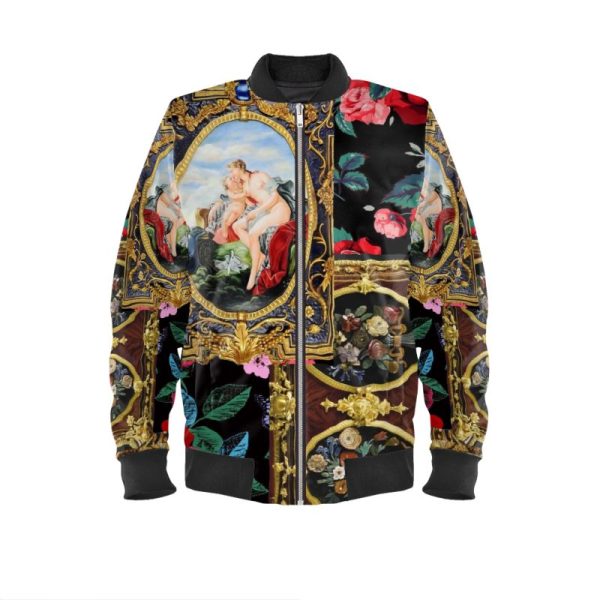 Satin Designer Bomber Jacket$448
Satin Designer Bomber Jacket$448 -
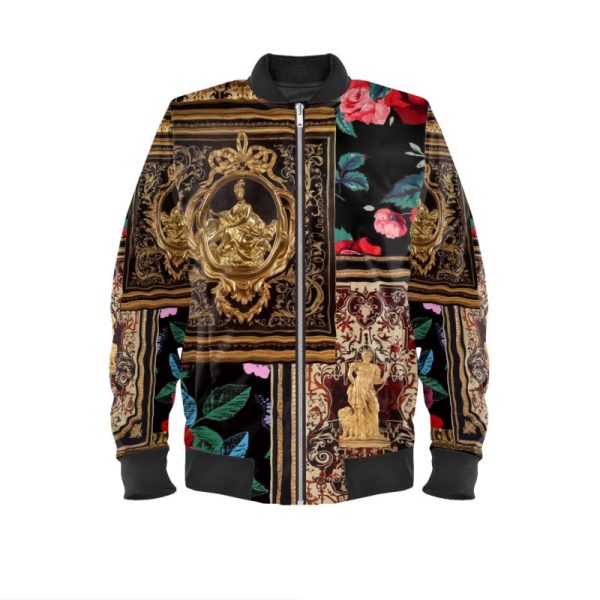 Satin Designer Bomber Jacket$448
Satin Designer Bomber Jacket$448 -
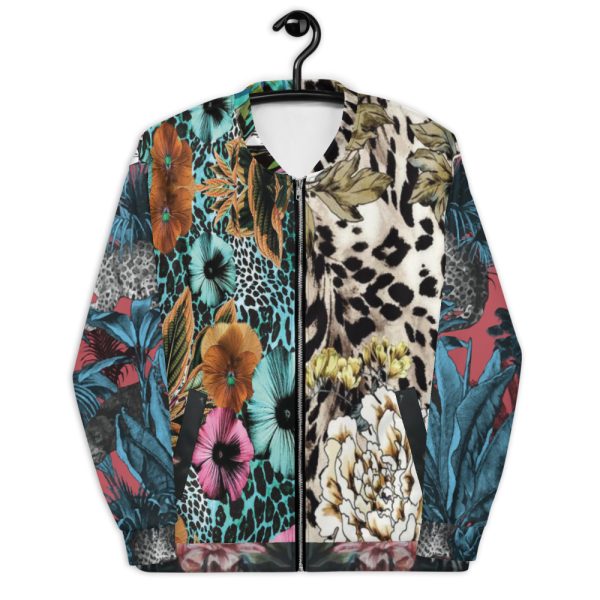 Bomber Jacket | Designer Luxury For Women & Men | Navy Blue Floral Red Turquoise$158
Bomber Jacket | Designer Luxury For Women & Men | Navy Blue Floral Red Turquoise$158 -
 Bomber Jacket | Designer Luxury For Women & Men | White Gold$158
Bomber Jacket | Designer Luxury For Women & Men | White Gold$158 -
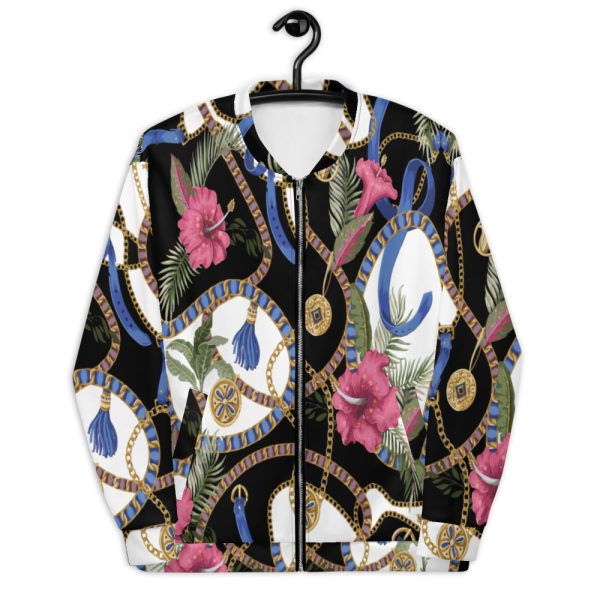 Bomber Jacket | Designer Luxury For Women & Men | Floral White Black$158
Bomber Jacket | Designer Luxury For Women & Men | Floral White Black$158 -
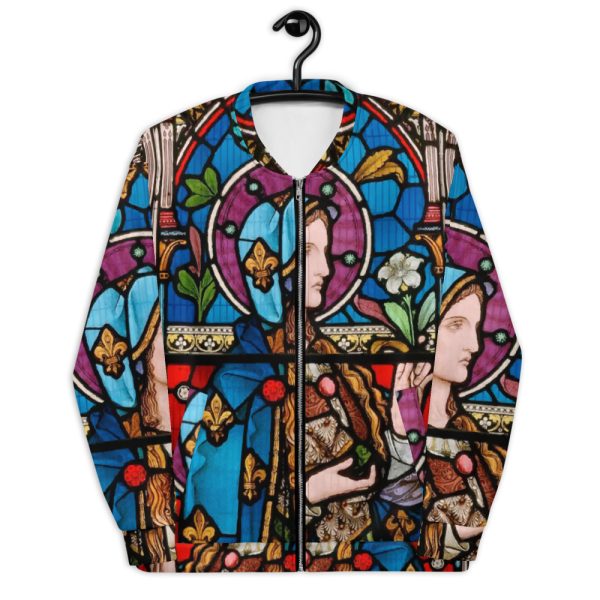 Bomber Jacket | Designer Luxury For Women & Men | Blue Purple Gold$158
Bomber Jacket | Designer Luxury For Women & Men | Blue Purple Gold$158 -
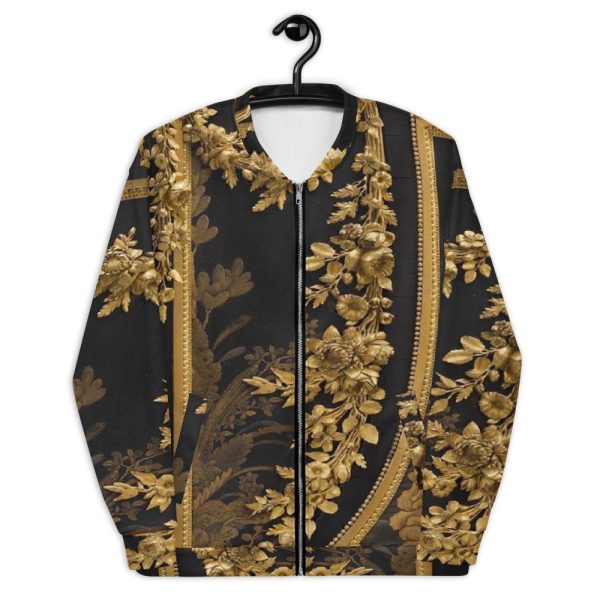 Bomber Jacket | Designer Luxury For Men & Women | Black Gold Baroque$158
Bomber Jacket | Designer Luxury For Men & Women | Black Gold Baroque$158 -
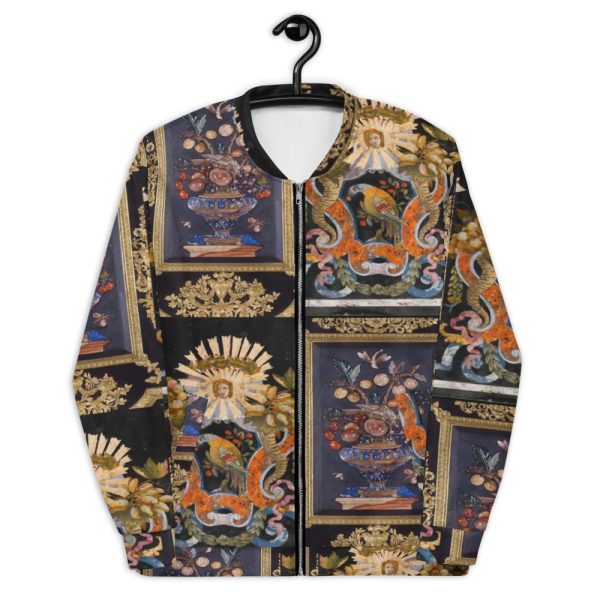 Bomber Jacket | Designer Luxury For Women & Men | Black Gold$158
Bomber Jacket | Designer Luxury For Women & Men | Black Gold$158 -
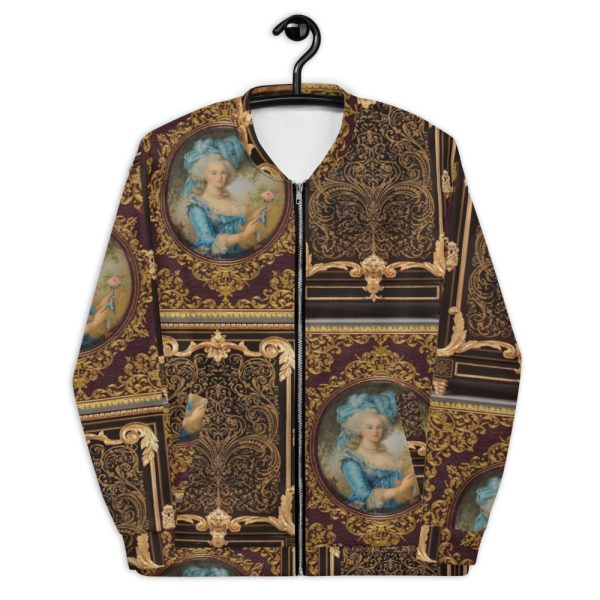 Bomber Jacket | Designer Luxury For Women & Men | Gold$158
Bomber Jacket | Designer Luxury For Women & Men | Gold$158